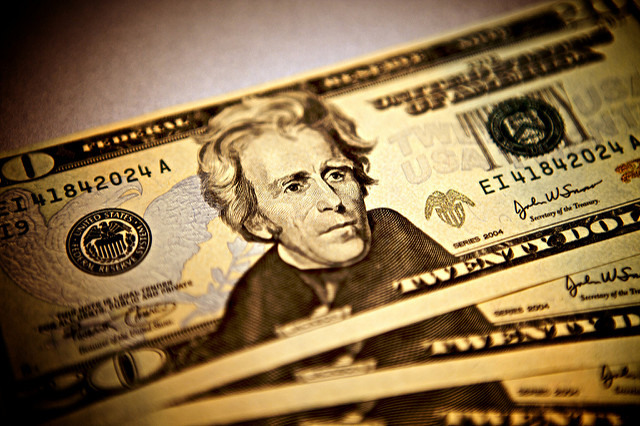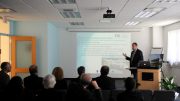Clara Barros/ Staff Writer
Have you ever really paid attention to the names of the FIU buildings? It’s ok — neither had I.
I have to confess: despite having lived at Modesto Maidique campus for over two years, it was not until a couple days ago that I asked myself whose names are engraved on our school’s walls.
What sparked this reflection was a recent editorial on whether the Phillip and Patricia Frost Museum’s name should be altered, given that Frost, the billionaire after whom our art gallery was named, has been implicated in a massive financial scandal.
Frost, who has made mounting profits as a chairman in five different pharmaceutical corporations, has been accused by the Securities and Exchange Commission of partaking in a years-long, extremely lucrative pump-and-dump scheme. Explained simply, this means investors like him were purchasing stocks, making their price rise artificially and then selling them for a higher price.
This made me wonder who else FIU has ties with, or pays tribute to through the buildings’ names. And after a good eight-hour research, here’s what I can tell you: it’s not good.
You know our dear Green Library? And the School of International and Public Affairs, commonly known as SIPA? They are both named after U.S. Ambassador Steven J. Green.
Green is commonly portrayed — as are many other ultra-rich donors — as a benevolent philanthropist, but the origin of his wealth is shady.
Up until 1996, Green had been a Chairman and the CEO of Samsonite Corporation — an American multinational luggage manufacturer. Just five years after he left, it was discovered that workers who produced for Samsonite in Thailand had been subject to systematic exploitation.
The Australian Council of Trade Unions reported that wages were $3.60 a day and that hundreds of workers — predominantly women — were fired for trying to form a union. The conditions were such that, in Bangkok, 200 protesting workers presented a letter written in their own blood to the Thai parliament.
Then there’s the law building, named after Rafael José Diaz-Balart. Born in Cuba in 1899, Diaz-Balart worked directly as a transport minister in the cabinet of dictator Fulgencio Batista.
His relatives, Waldo and Frank Diaz-Balart, also worked for Batista as directors. All of them made colossal profits. The family became one of the wealthiest in Cuba and continues to be today in Miami.
Additionally, it’s almost impossible to forget where president Mark Rosenberg and his wife live: the Reagan House, named after Ronald Reagan — the same ex-president who was officially convicted of crimes against humanity in 1986. The International Court of Justice found the Reagan guilty of war crimes for illegitimately fomenting war against Nicaragua.
The story repeats itself over and over again. We have Paul L. Cejas in the Architecture building — a mega-billionaire and member of the traditional Miami power elite. Sanford Ziff, in the Education building? He owned Sunglass Hut.
The Ocean Bank, in the Convocation Center, faced an $11 million fine because some of its accounts were linked to money laundering.
Our university is tied, from head to toe, with big business. And it’s not hidden — it’s in plain sight.
Next time you walk to class, ask yourself: whose economic interest do these buildings serve?
DISCLAIMER:
The opinions presented within this page do not represent the views of PantherNOW Editorial Board. These views are separate from editorials and reflect individual perspectives of contributing writers and/or members of the University community.
Photo by Tim Dorr on Flickr






Be the first to comment on "Phillip Frost and other donors show FIU’s ties with big business"